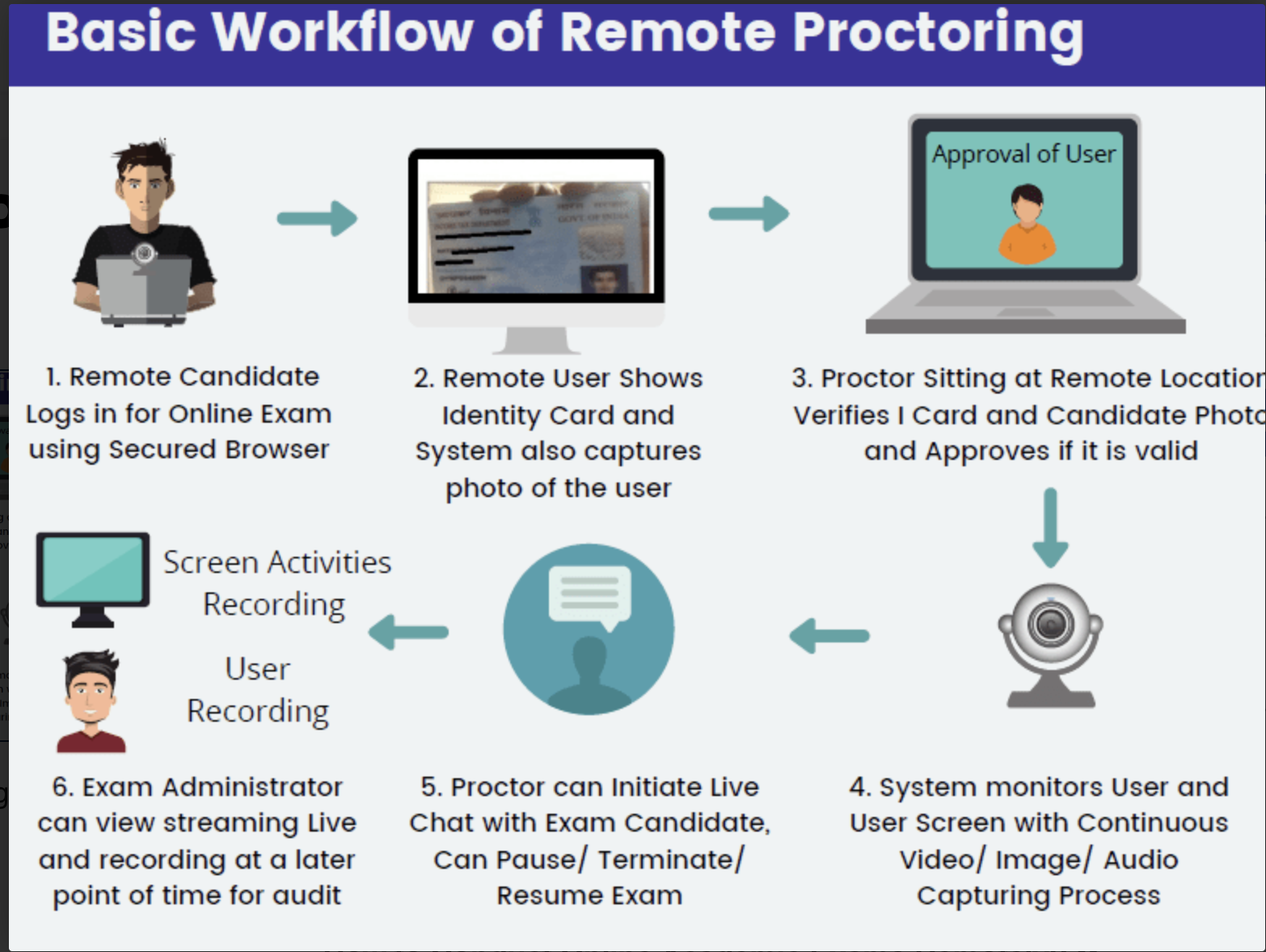
Eaton, S.E. (2023) The Academic Integrity Technological Arms Race and its Impact on Learning, Teaching, and Assessment Canadian Journal of Learning and Technology, Vol. 48, No.2
We are interrupting the lengthy reviews of the Handbook of Open, Distance and Digital Education to bring you news of a new publication that deals with a highly topical and relevant issue in this field.
Sarah Elaine Eaton, of the University of Calgary, has a thoughtful, short essay in the latest edition of CJLT, on the topic of how academic integrity (or cheating, as we old ‘uns call it) is affected by developments in technology.
What is the essay about?
Her essay ‘discusses the technological arms race that has developed in response to academic cheating. The author highlights three technological advances that impact academic integrity, from oldest to newest:
- text-matching software,
- online exam proctoring software, and
- artificial intelligence and Large Language Models (LLMs).’
Text-matching software
Eaton describes the way text-matching software such as TurnItIn is used to identify plagiarism. Eaton makes the point though that its use still needs to be interpreted by the instructor:
An X-ray can reveal anomalies, but it is the radiologist, a medical doctor with extensive training, who ultimately interprets the X-ray and can detect and diagnose problems. [Similarly] the decision about whether such a match constitutes plagiarism must be determined by a human, preferably one who is trained and experienced using the software…..
A good analogy, but I’m fairly confident that AI will soon be able to match a human interpretation of an X-ray, if it has not done so already.
Online exam proctoring
After a brief discussion about the problems caused by online proctoring as a way of defeating cheating, Eaton sets out a list of actions that need to be taken by instructors and institutions if online proctoring is to be used. She concludes:
investing in online exam proctoring software requires not only paying a licensing fee, but also ensuring that educators, staff,and the institution itself are prepared to invest in training and assessment adaptation, including ensuring that assessments are high quality and appropriate.
My own view is that online proctoring should not be necessary if assessment is appropriately designed for digital learning.
AI and Large Language Models
In discussing the use of AI tools such as ChatGPT, Eaton notes that there is little institutional guidance other than generic academic integrity policies to address misuse of artificial intelligence. There are still too many unanswered questions about AI in education to be able to develop such policies yet. She is not yet convinced though that using AI apps would automatically constitute academic misconduct, and that as instructors, we need to think carefully how such tools can be used in beneficial ways for teaching and learning.
Eaton’s conclusion
Eaton argues that there is no “magic bullet” that will prevent academic cheating and educators would be better off focusing on student learning, rather than preventing cheating.
Although I agree, it is a bit of a cop-out. Given that cheating will occur, it will still need to be dealt with.
My view
Read the article itself. It is quite short. The three types of technology that raise questions about academic integrity are readily available to students and it will difficult if not impossible to stop them being used by students, if they choose to do so. What we should be asking though is:
- what learning tasks should we setting for students that require them to think for themselves, accepting that both students and instructors have access to such tools?
- how can we make use of these tools in a constructive way, to facilitate and improve student learning?
- in particular, in a world in which students have unlimited online access not only to information but also AI tools that can analyse and synthesise information, what are the most effective ways to assess student learning in today’s digital age?
I don’t have general answers to these questions, as the answers will depend on the learning context, but I feel confident that in my own teaching, I do have answers to these questions. Do you?









 Dr. Tony Bates is the author of eleven books in the field of online learning and distance education. He has provided consulting services specializing in training in the planning and management of online learning and distance education, working with over 40 organizations in 25 countries. Tony is a Research Associate with Contact North | Contact Nord, Ontario’s Distance Education & Training Network.
Dr. Tony Bates is the author of eleven books in the field of online learning and distance education. He has provided consulting services specializing in training in the planning and management of online learning and distance education, working with over 40 organizations in 25 countries. Tony is a Research Associate with Contact North | Contact Nord, Ontario’s Distance Education & Training Network.

